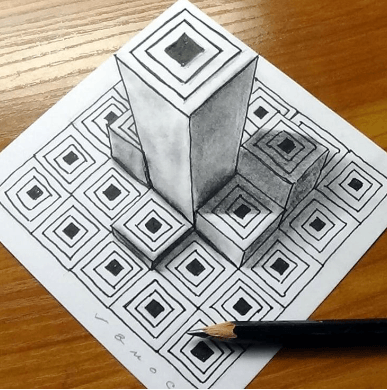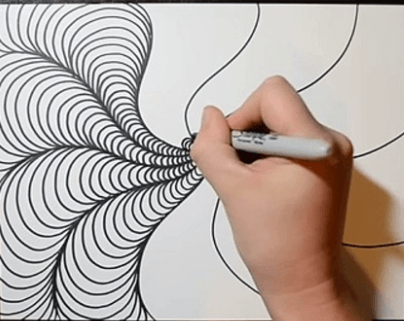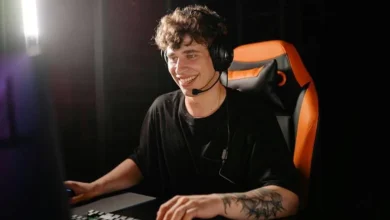Drawing:Ufvevbewgs8= Illusion

Isn’t it fascinating how a simple line can trick your mind into seeing depth? In Drawing:Ufvevbewgs8= Illusion serves as a powerful tool that challenges your perception of reality. You might find yourself questioning what’s real and what’s an artistic fabrication. As you explore the key principles behind this technique, consider how these illusions not only showcase an artist’s skill but also provoke deeper thought about your own interpretations of art. What awaits you in the intricate balance between illusion and reality?
Understanding the Drawing:Ufvevbewgs8= Illusion Technique
To truly grasp the illusion technique, you must recognize how artists manipulate perspective and form to create depth on a flat surface.
By employing perspective tricks, they challenge your visual perception, transforming simple shapes into complex three-dimensional experiences.
Understanding these nuances allows you to appreciate the skill behind each illusion, empowering you to explore your own creativity and freedom in artistic expression.

Key Principles of Drawing:Ufvevbewgs8= Illusion
Mastering the key principles of illusionary drawing involves understanding how lines, shadows, and spatial relationships work together to deceive the eye and create a convincing sense of depth.
You’ll need to focus on perspective manipulation to enhance visual perception.
Read more: Drawing:Qckadq6trwq= Bunnies
The Creative Process Explained
Understanding the creative process in illusionary drawing requires not only technical skill but also a deep exploration of your imaginative instincts and how they interplay with perception.
You’ll find that artistic inspiration often emerges from observing the nuances of visual perception.
Embrace your unique vision, allowing it to flourish as you manipulate shapes and shadows, creating captivating illusions that challenge the viewer’s understanding.
Impact on Contemporary Art
The techniques of illusionary drawing have significantly reshaped contemporary art, inviting artists to push boundaries and challenge traditional perceptions of reality.
This cultural significance lies in how such art transforms viewer perception, making you reconsider what’s real and what’s illusion.
As artists explore these dimensions, they not only expand their creative expressions but also invite you to engage in deeper dialogues about existence.
Read more: Drawing:Oonij0pwk0w= Corn
Conclusion
In exploring illusionary drawing, you’ve witnessed how artists manipulate perception to create immersive experiences.
By mastering key principles like perspective and shadow, they challenge your understanding of reality.
This innovative approach not only showcases artistic skill but also invites you to reflect on your own perceptions.
As contemporary art evolves, you might wonder: how far can artists push these boundaries?
Embracing such techniques can inspire deeper engagement and foster a greater appreciation for the intricacies of creativity.



